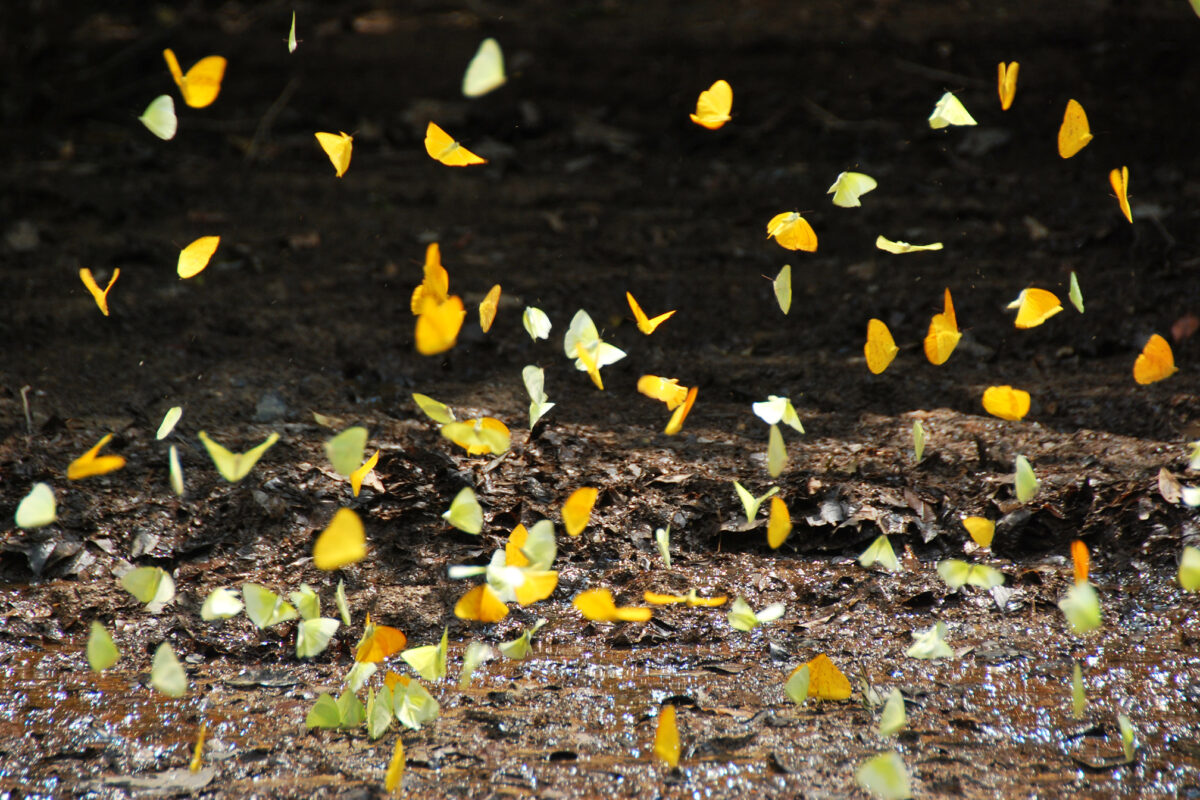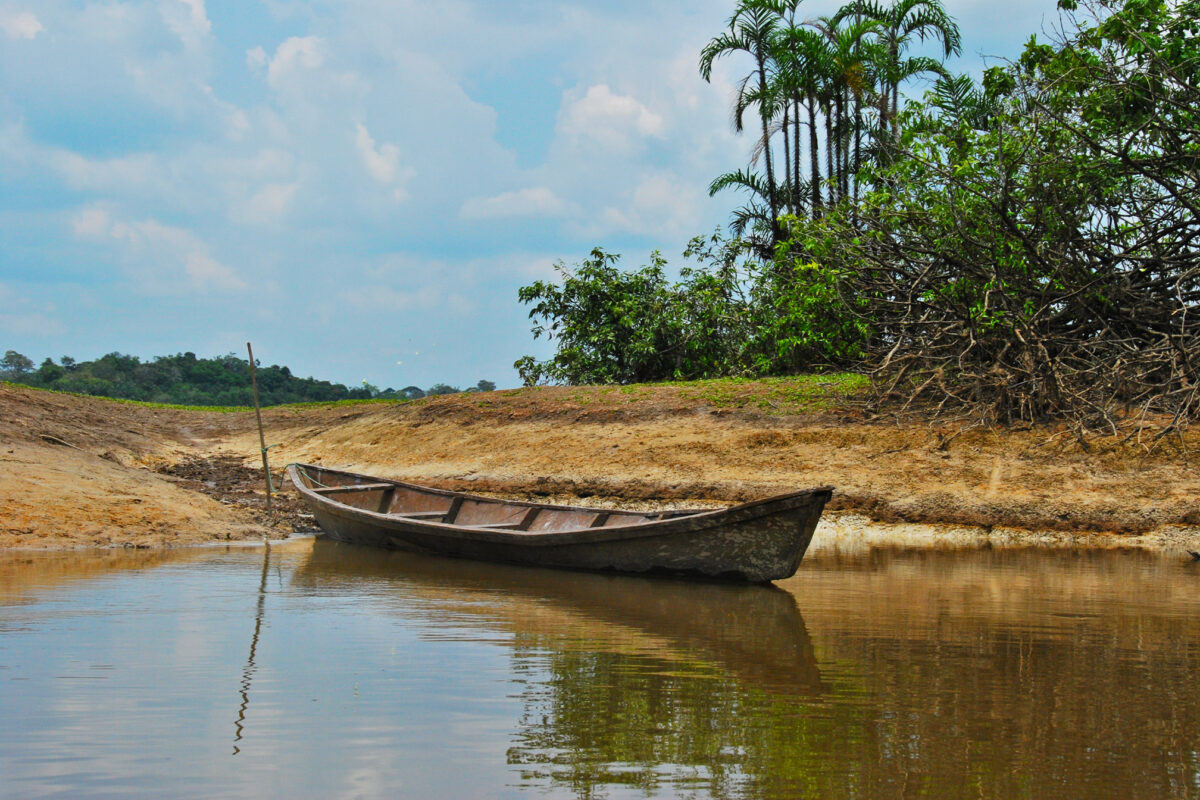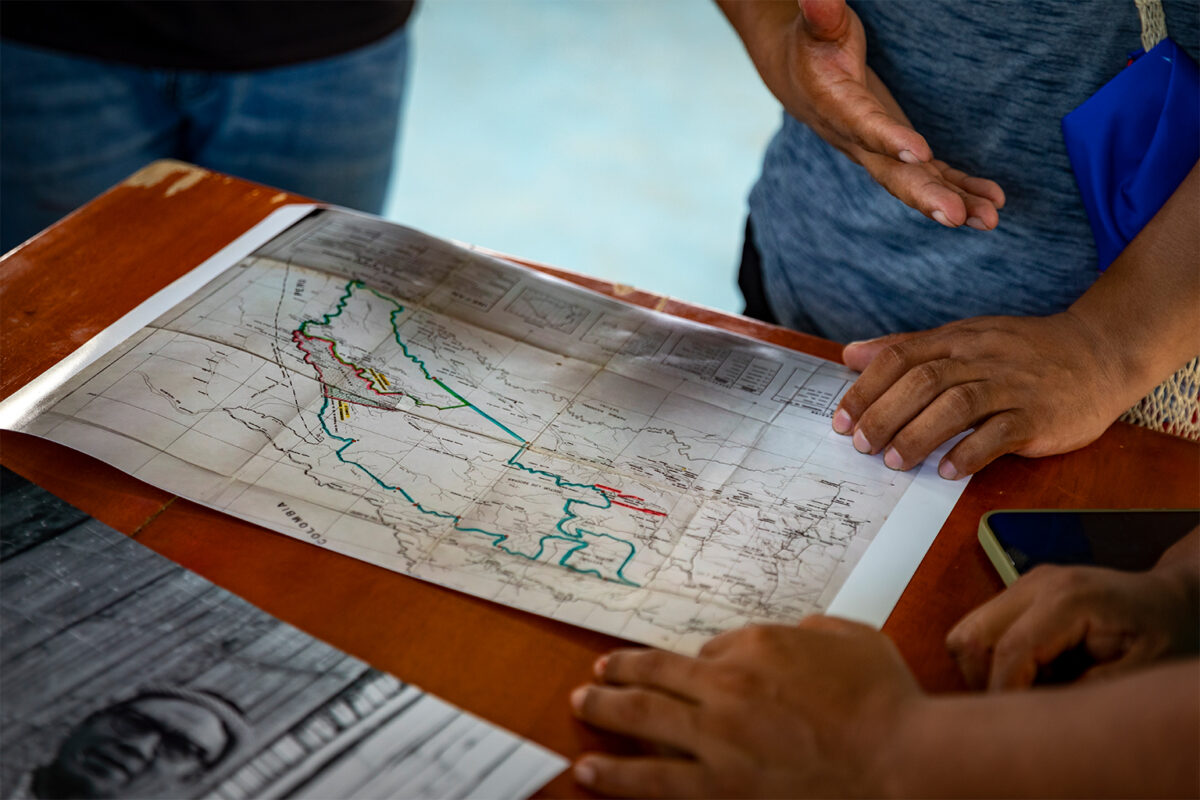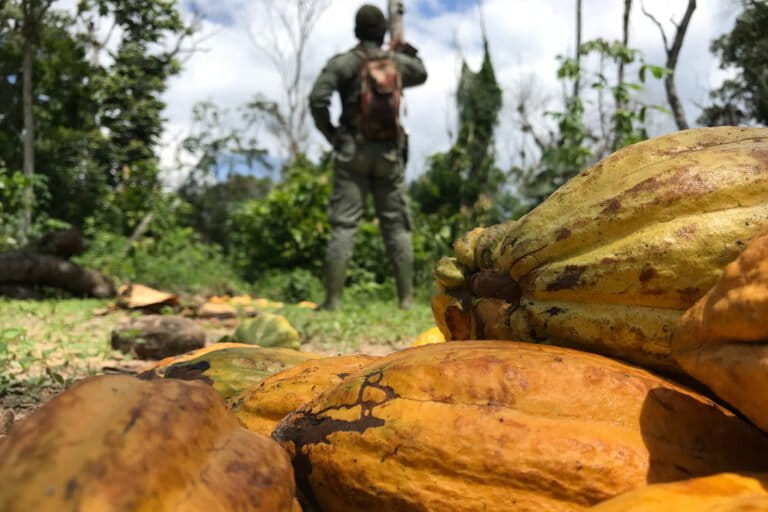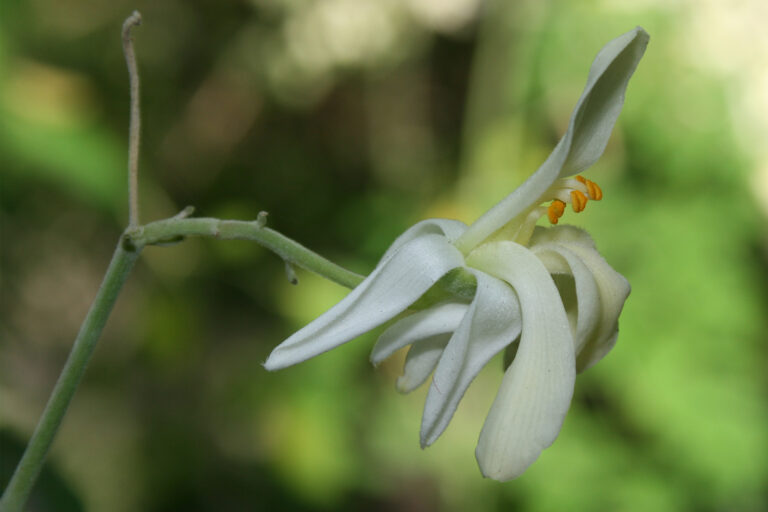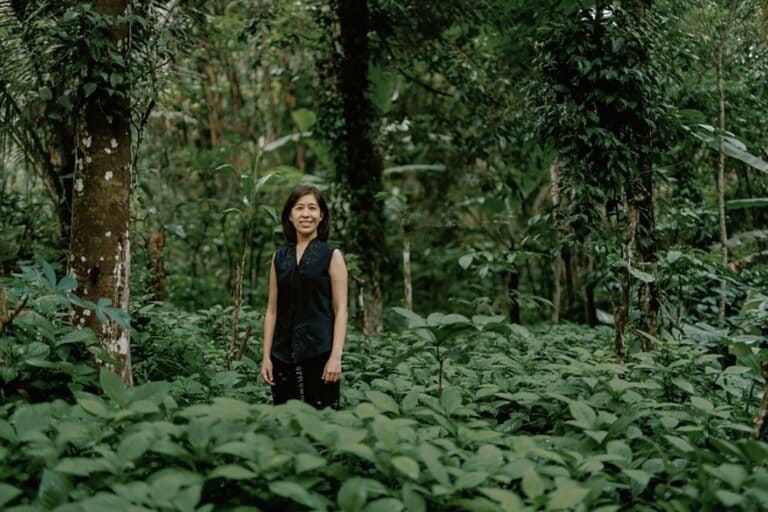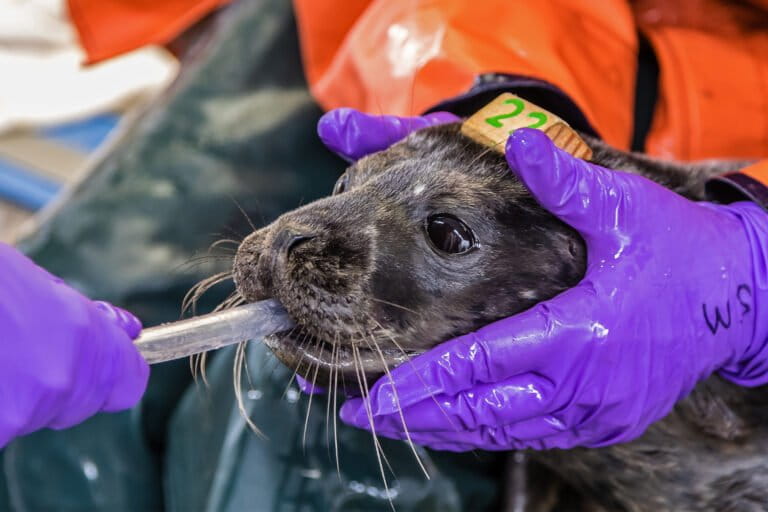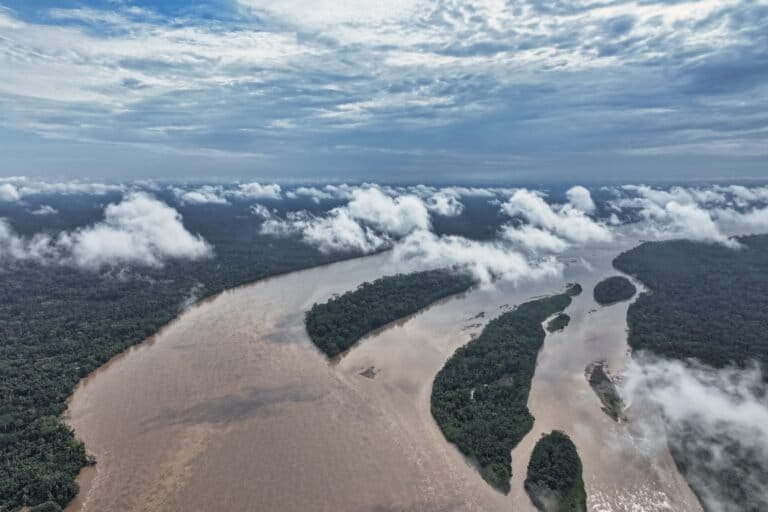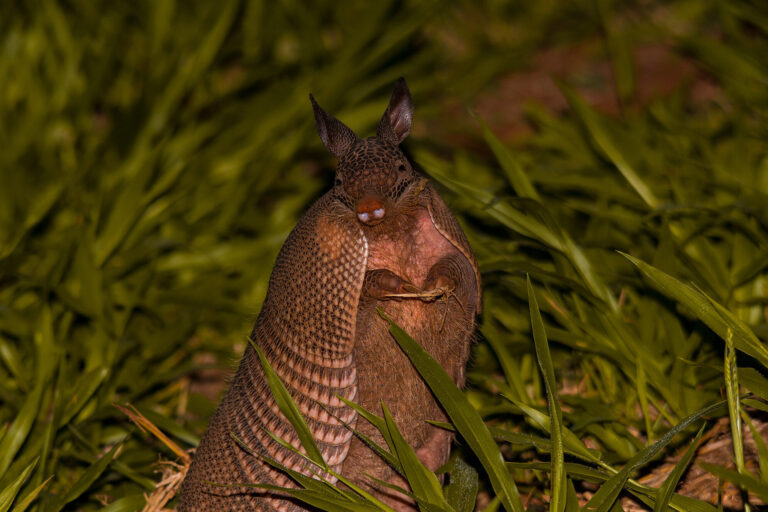- The Gran Chaco is South America’s second-largest forest biome, and is home to thousands of species.
- The Chaco has lost around 20 percent of its forest cover since 1985 as land is cleared for agriculture. The Argentine portion has lost 30 percent.
- In response, a project called the Argentine Gran Chaco 2030 Commitment was created to demand more be done to protect the Chaco. As of Nov. 7, 80 organizations and institutions around the world had signed on in support.
The Gran Chaco is South America’s second-largest forest, comprising around 648,000 square kilometers (250,000 square miles) and stretching over portions of Bolivia, Paraguay and Argentina (as well as a corner of Brazil). Compared to the Amazon rainforest, its bigger, more famous counterpart to the north, the Chaco is dry, sparse and hot, with parts looking more like savannah than forest. Despite its seeming harshness, the Chaco is highly biodiverse, home to some 4,270 different species, many found nowhere else in the world.
But this unique biome is quickly disappearing, with an estimated 20 percent loss of its forest cover since 1985 as trees are cleared for pasture and cropland. The situation is worse for Argentina’s portion of the Chaco, 30 percent of which has been converted for agriculture.
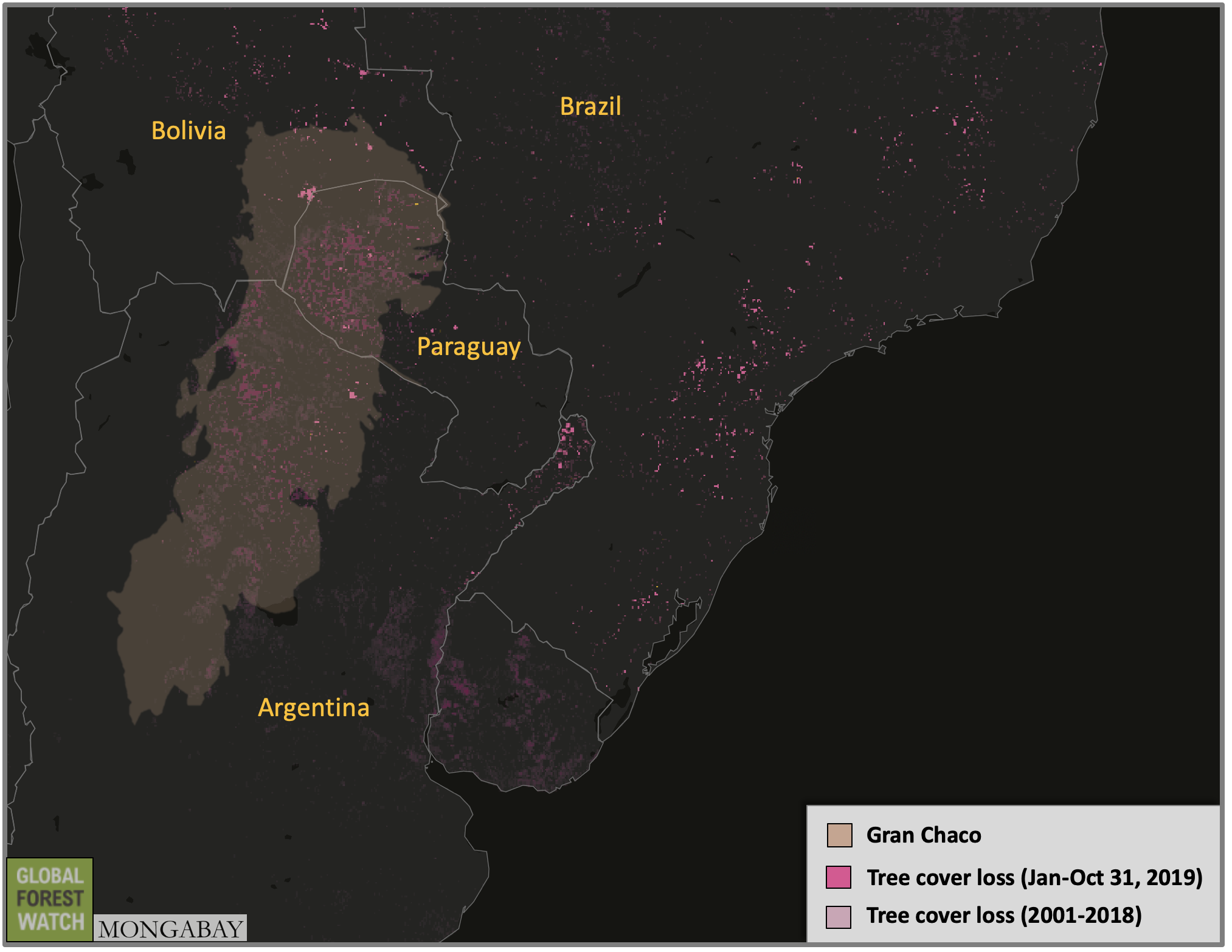
To protect the remaining 70 percent of Argentina’s Chaco, non-governmental organizations have come together to launch the Argentine Gran Chaco 2030 Commitment. This program seeks to involve as many stakeholders as possible to achieve drastic change in economic exploitation of the Gran Chaco.
The Commitment
The Commitment’s goal is to increase awareness about the need for forest conservation in and around the Argentine Chaco. As of Nov. 4, 2019, the Gran Chaco 2030 Commitment had been signed by 80 organizations and institutions.

The Commitment urges action and involvement from all sectors to create a common agenda to ensure that deforestation issues are effectively incorporated into the political discourse. Its biggest demands, however, are directed towards the government, calling for increased control, supervision, and budget allocation to ensure the enforcement of forest protection laws.
The Commitment also calls for the creation of rules to control the use of agrochemicals and protections for wetlands, as well as a transparent and traceable supply chain of agricultural and livestock products. It urges the restoration of degraded areas, the creation and implementation of interprovincial biological corridors and the promotion of environmental education and alternative economic activities for local communities. Finally, the Commitment demands the creation and expansion of protected areas. Currently, only 3 percent of the Argentine Chaco is officially protected.
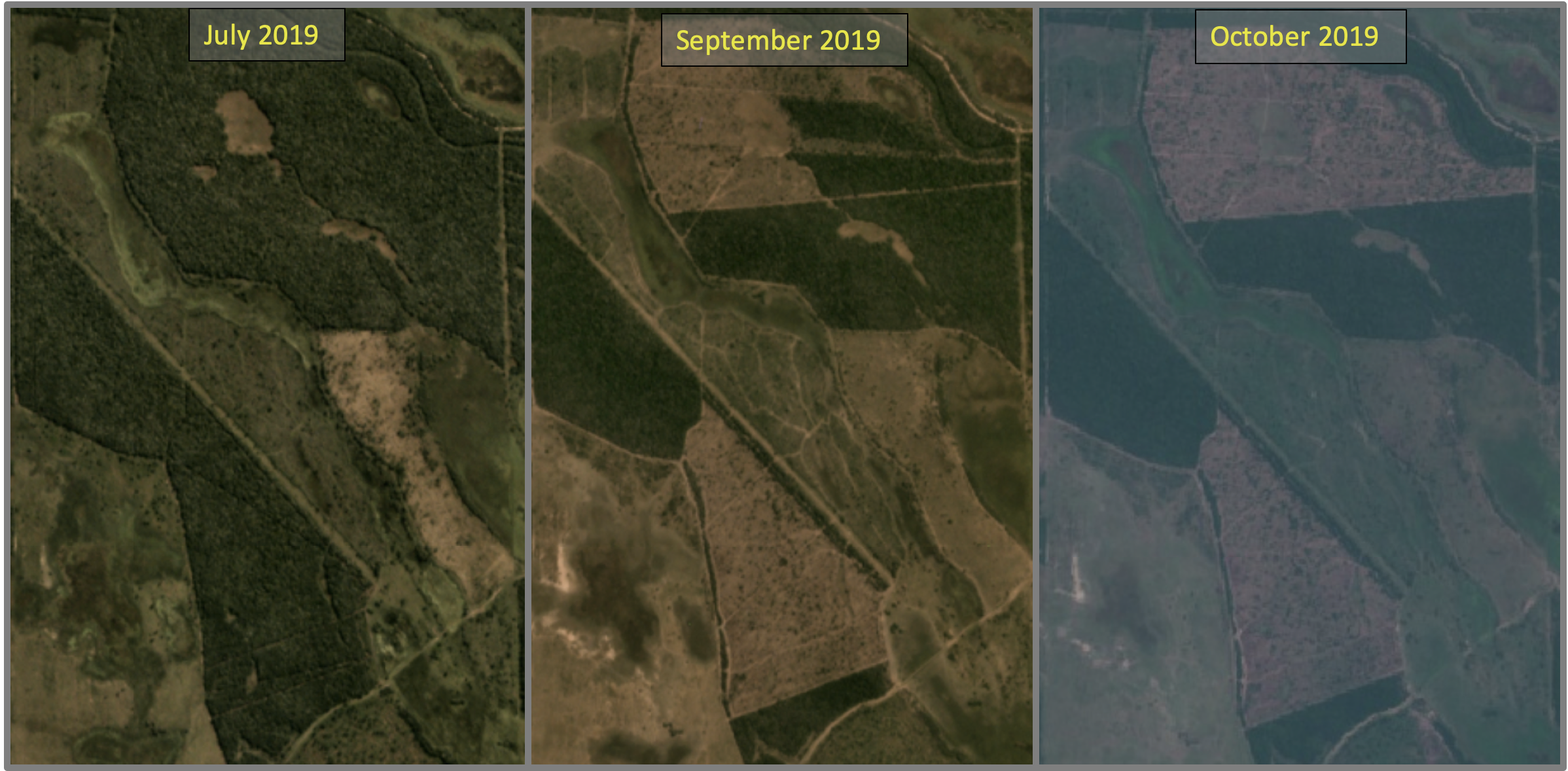
“In our country, the government policies are subdued by the policies of the party in power,” says Manuel Jaramillo, General Director of the Argentine Wildlife Foundation. “Due to that, it is up to civil society organizations, each with its diverse roles and motivations, to assume the responsibility of carrying out and effectively maintaining these initiatives.”
Environmental transformation
Gran Chaco deforestation is having a big impact on the surrounding environment. Without tree roots to hold soil and soak up excess water, flooding and erosion has become more commonplace. Researchers say habitat fragmentation is putting many species at risk of extinction. One of these, the Chaco side-necked turtle (Acanthochelys pallidipectoris) is listed as Endangered by the IUCN; there could be as few as 500 left in existence.
The encroachment of industrial agriculture is also reportedly forcing many indigenous residents and others who have been living in the region for generations to leave their homes. Locals claim the erection of fences by agricultural companies is made it so that their small subsistence herds of cattle and goats can no longer access water and food. Some even say they have been directly evicted by the new owners of the land.
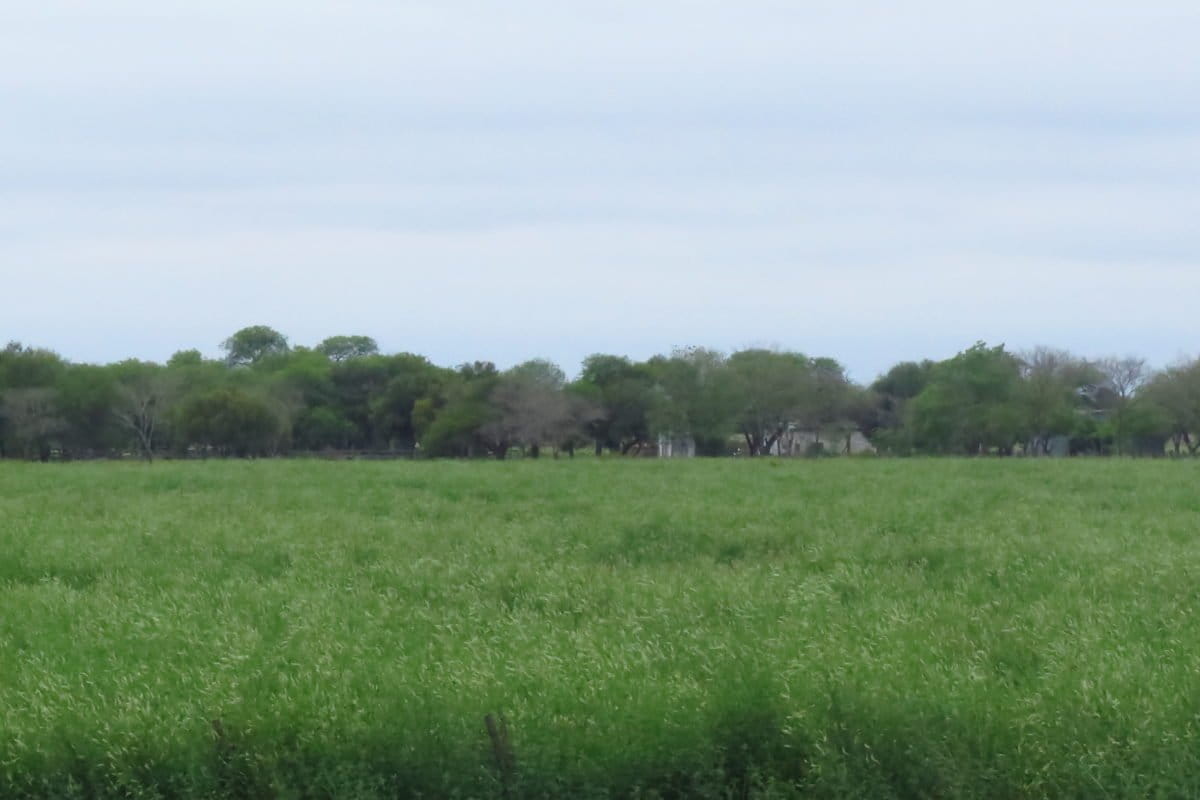
“Even before the conquest, the people who inhabited the Chaco shaped their landscape alternating patches of forest, grasslands and shrubs,” said biologist Micaela Caminos, a member of Proyecto Quimilero, a signatory organization of the Commitment, who lives in the region. “What we see today is nature’s work, combined with the work of people who opened canals, regularly burned pastures to hunt and selected trees to obtain wood. Here, the relationship between landscape and people has always been dynamic. Therefore, if people are removed … it will be impossible to efficiently protect the landscape.”
Moreover, advocacy organizations say displaced people are often forced to settle on the peripheries of neighboring towns or cities, or areas farther from their places of origin. Excluded from the environment where they were born and raised, they often face a hostile world that in many cases pushes them to the fringes of society and erases their culture.
“The idea that the conversion of the environment generates development is a hoax and the Gran Chaco is a great example of it,” Jaramillo said, adding that “the ecoregion has transformed wildly over the past 15 years and localities of the area have yet not been developed. On the contrary, the national public accounts based on what the agricultural expansion generates have also not improved and are getting worse.”
According to the United Nations Development Program (UNDP), the Gran Chaco provinces of Formosa, Santiago del Estero and Chaco are the most impoverished in Argentina.
“The good use of natural resources must be part of the economic agenda of the new national government. Otherwise, there is no chance of development in our country.”
This is a translated version of a story that was first published in Spanish on October 28, 2019.
Banner image by Rodolfo Chisleanschi.
Data citation: Hansen, M.C., A. Krylov, A. Tyukavina, P.V. Potapov, S. Turubanova, B. Zutta, S. Ifo, B. Margono, F. Stolle, and R. Moore. 2016. Humid tropical forest disturbance alerts using Landsat data. Environmental Research Letters, 11 (3). Accessed through Global Forest Watch on November 4, 2019. www.globalforestwatch.org
Editor’s note: This story was powered by Places to Watch, a Global Forest Watch (GFW) initiative designed to quickly identify concerning forest loss around the world and catalyze further investigation of these areas. Places to Watch draws on a combination of near-real-time satellite data, automated algorithms and field intelligence to identify new areas on a monthly basis. In partnership with Mongabay, GFW is supporting data-driven journalism by providing data and maps generated by Places to Watch. Mongabay maintains complete editorial independence over the stories reported using this data.
Feedback: Use this form to send a message to the editor of this post. If you want to post a public comment, you can do that at the bottom of the page.



